Design Feature #32
When Coding meets Craft in Children’s Toys
STEM toys

Written by RMM
Image by Maurizio Pesce, Wonder Workshop, Inc., Primo Toys, KinderLab Robotics, Inc., KANO
In 1995, Steve Jobs gave a rare interview on television. In it, he declared that “everyone should learn how to program a computer, because it teaches you how to think.” Well, it’s taken us more than 20 years but parents around the world are finally coming round to the idea that mastering code might be as equally important as mastering literacy and numeracy. Toy companies have definitely taken notice, and the trend in toys that teach kids STEM (science, technology, engineering, math) subjects is growing rapidly.
There’s really no better time than the present to give your kids a head-start in programmatic thinking — studies have shown the coding teaches vital problem-solving as well as communication skills. When done right, both kids and parents can have a ton of fun too. And that should be the main point! While programming is undeniably an important skill for the future, “getting a job” shouldn’t be the sole reason why children pick it up. Associating “fun” with “learning” should be key in helping kids develop their personality and curiosity; it’s no surprise that toy manufacturers are making their STEM toys engaging and interactive, so that kids can exercise their creativity in different ways.
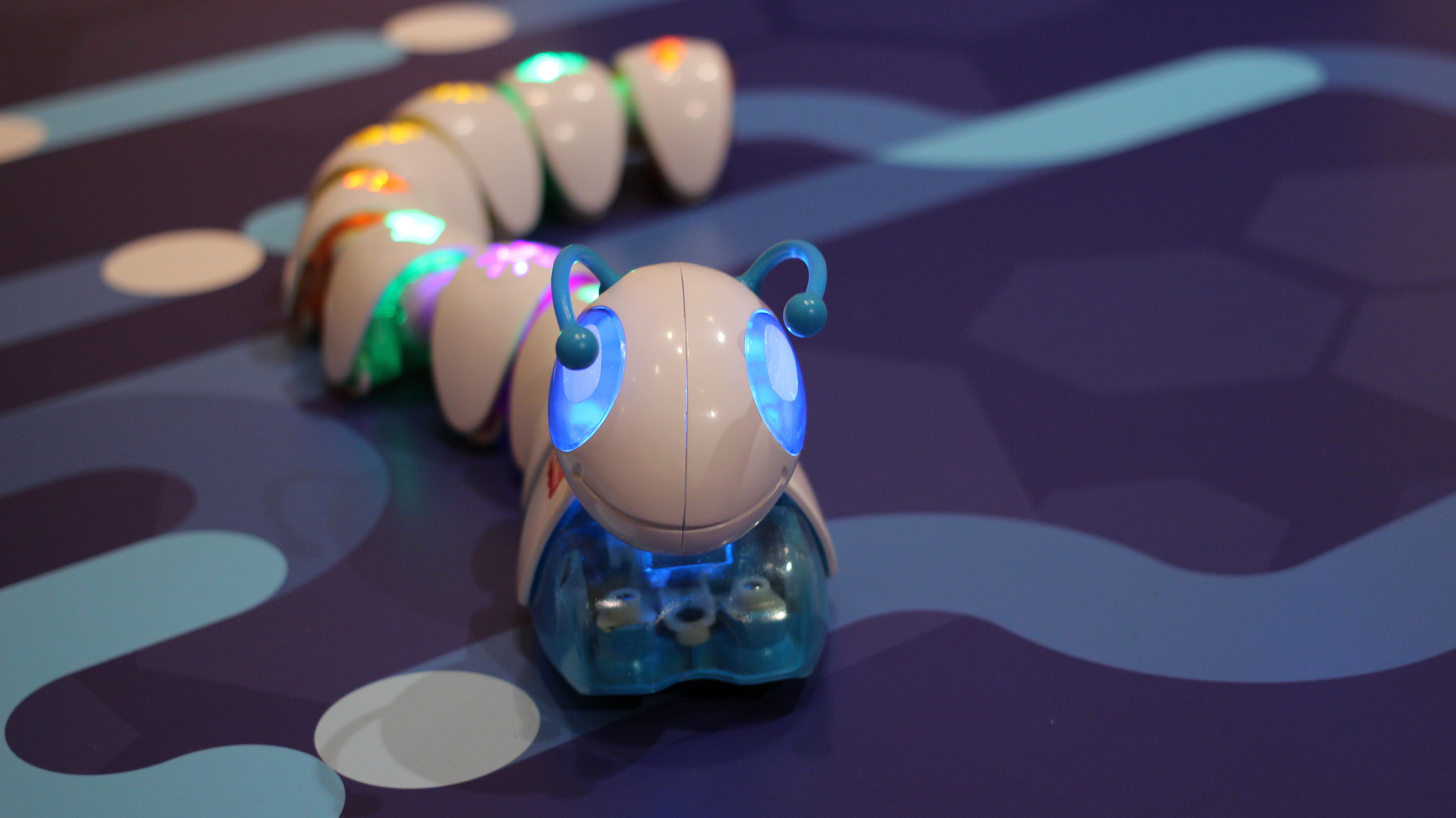
Fisher-Price’s Code-a-pillar for example, is an interactive caterpillar that was developed for kids aged 3 to 6. Its easy-to-connect segments promise toddlers endless combinations of experimentation, as they mix the segments up to make the Code-a-pillar move in different ways or make new sounds.
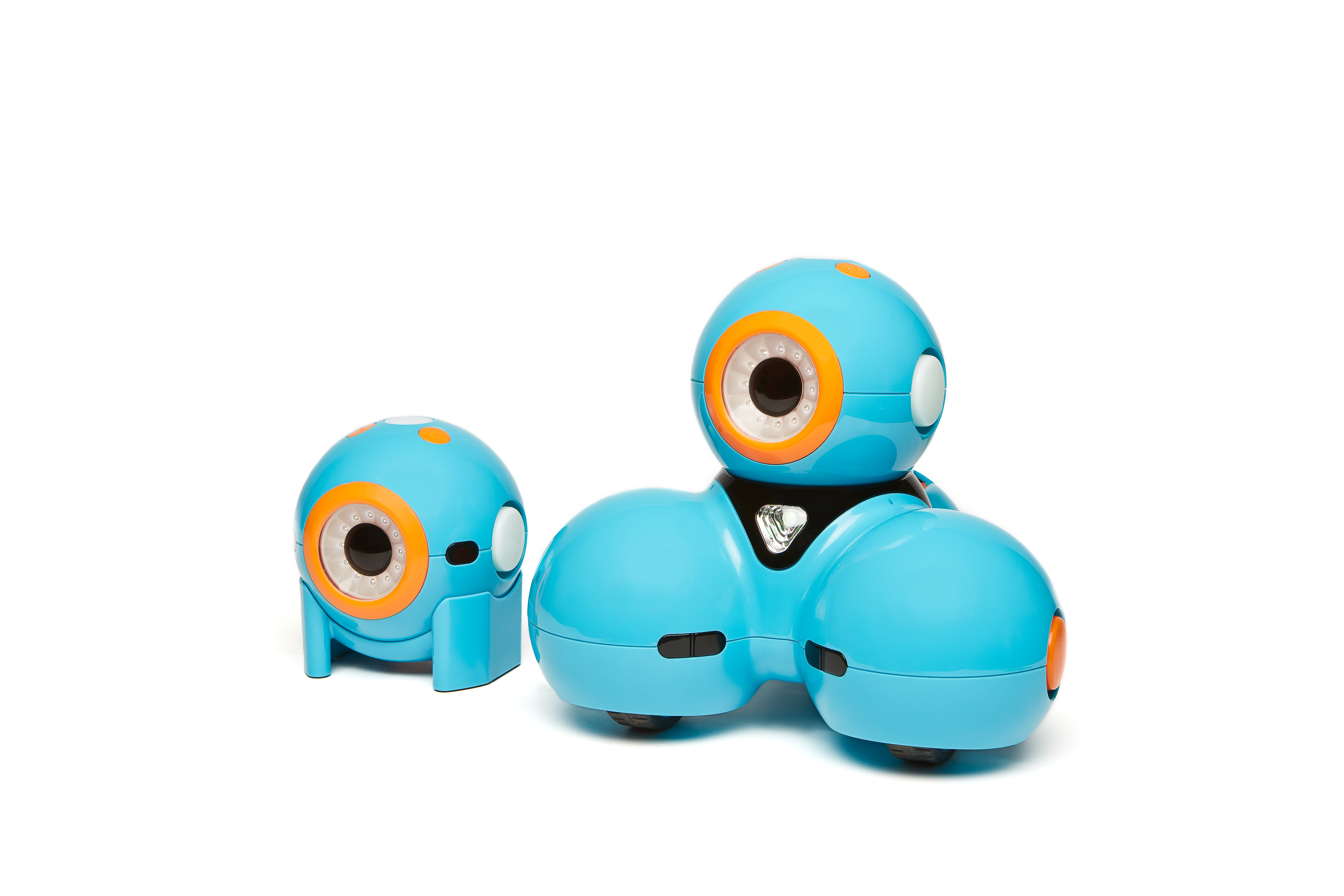
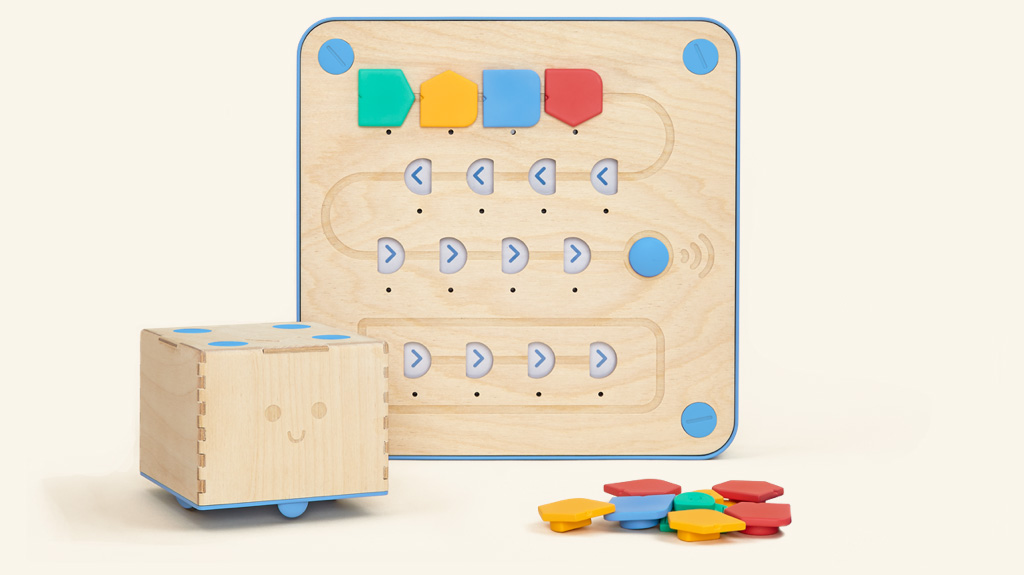
Independent toy makers Wonder Workshop’s Dash and Dot robots and Primo Toys’s Cubetto also engage with kids in a similar way, albeit using different interfaces. Cubetto, which also targets kids aged 3 and up, is a wooden robot that uses coding blocks that can be arranged in various sequences, triggering the Cubetto to move. Eschewing the Code-a-pillar’s all-plastic appearance, the Cubetto’s primary material echoes the tactile and block-based wooden toys of old. For its makers, Cubetto allows kids to learn a “tangible coding language”, much like how the Code-a-pillar does. The Dash and Dot robots are more technologically-able in a manner of speaking, as they require a tablet for kids to actually programme commands in.
However, you could argue that these toys are merely the first stage of STEM toys that teach kids how to code. When playing with toys like these, kids merely reassemble modules to make pre-made objects move. These toys, in a sense, are still dictating codes of play for children.
So from STEM toys, we move on to STEAM toys. What does the A stand for? Art, of course. STEAM toys aim to teach coding and other STEM-related ideas using art. These usually encourage open-ended play and bring back an element of craft — making ideas even more physical and tangible. Of course, these toys are usually for kids who are a little older.
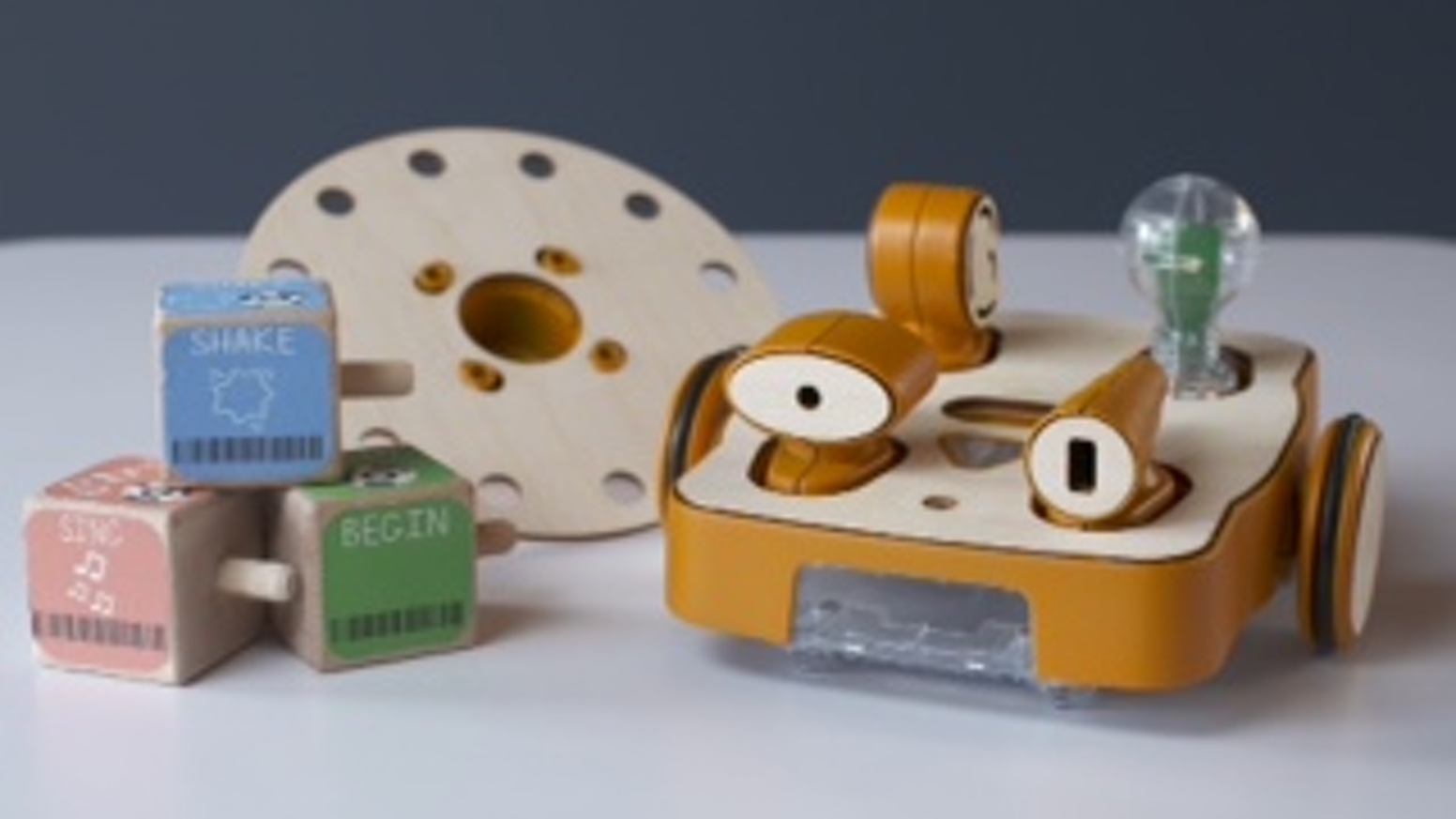
Toys like KIBO try to marry both coding and creation, appealing to “both technically minded kids and those that connect more to arts and culture”. With the KIBO kit, kids can not only build their own robot but also programme and decorate it any way they want.
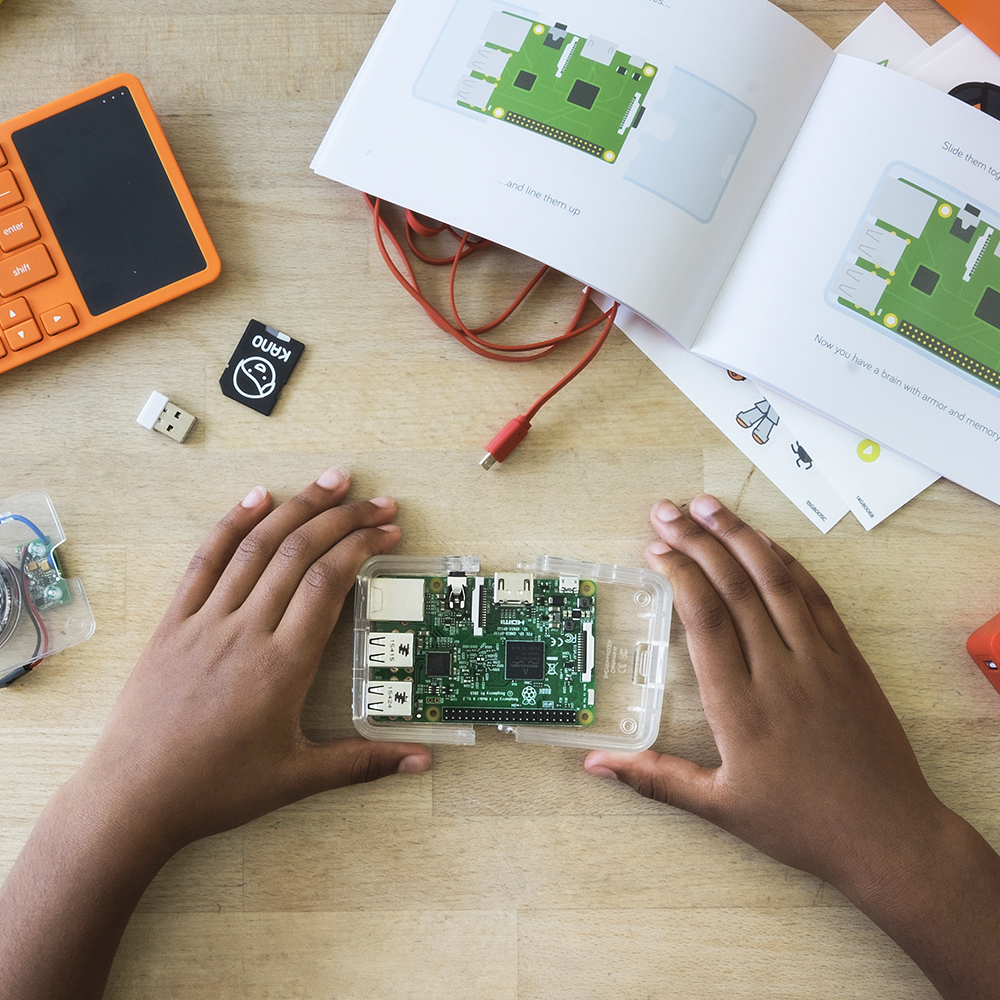
Kano goes one step further and lets DIY enthusiasts and mini-makers build their very first computer before using it to code new projects.
These coding toys help kids go beyond simply ‘using’ technology: they’re learning how to harness it and express their ideas. By figuring out how code works, kids area also learning how to adapt and improve through play. The most important thing to remember, is that when kids are learning to code they’re also coding to learn at the same time (according to MIT professor Mitchel Resnick) — so parents should always keep play sessions as positive as possible!


